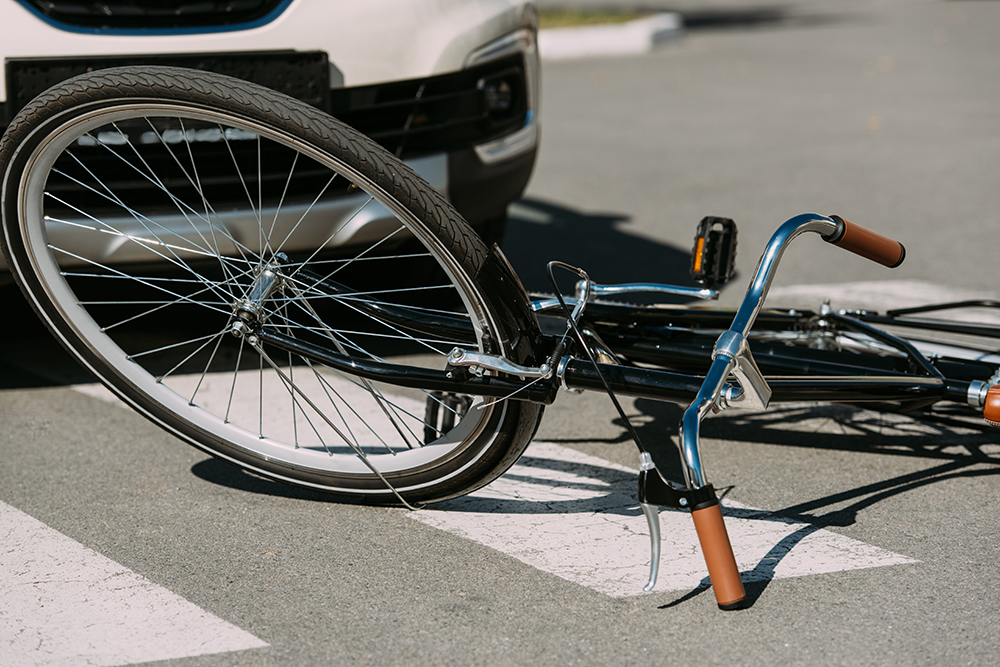Bicycle accidents, much like other vehicular accidents, involve complex scenarios of liability, responsibility, and potential compensation. However, with the increasing push towards sustainable commuting, more cyclists are on the road, and understanding the nuances of liability in bicycle accidents becomes even more paramount.
Understanding Basic Liability Principles
At its core, liability in a bicycle accident is determined based on negligence. If a person's negligence causes harm to another, they are typically held liable for the damages. This applies to both cyclists and motor vehicle operators. In many jurisdictions, the concept of "comparative negligence" or "contributory negligence" is practiced. This means that if both parties are found to be at fault, the liability may be shared depending on the degree of fault attributed to each party.
Cyclist's Liability
Contrary to common misconception, cyclists can also be held liable if they cause an accident. For instance, if a cyclist swerves unexpectedly into traffic without signaling, runs a stop sign, or bikes at night without lights or reflective gear, and these actions lead to an accident, the cyclist might be deemed at fault. In regions where "comparative negligence" is followed, even if the cyclist is partially at fault, they may still receive some compensation but it will be reduced based on their degree of fault.
Motor Vehicle Driver's Liability
A New Brunswick bicycle accident lawyer understands that many bicycle accidents occur because motor vehicle operators fail to recognize a cyclist's right to share the road. Liability can be placed on the driver if they were speeding, driving under the influence, failed to yield the right of way to the cyclist, or engaged in any form of reckless driving that resulted in the collision.
Determining Fault
Establishing fault often requires a detailed analysis of the accident. Eyewitness accounts, traffic camera footage, police reports, and expert testimonies can play a crucial role in piecing together the events leading up to the accident. Certain scenarios like "dooring" – where a parked car's door is suddenly opened into the path of an oncoming cyclist, leading to a collision – typically place the fault on the car's occupant, given they didn't check for approaching cyclists before opening the door.
Shared Liability And Its Implications
In some cases, both the cyclist and the driver may share the blame. For instance, if a cyclist was biking without lights at night and a speeding car hit them, both parties exhibited negligence. The implications of shared liability can vary. In some jurisdictions with "pure comparative negligence" rules, a party can recover damages even if they are 99% at fault, though their compensation would be reduced by their degree of fault. In "contributory negligence" jurisdictions, if you're found even slightly at fault, you might be barred from recovering any damages.
Liability in bicycle accidents is a multifaceted issue, with both cyclists and drivers having responsibilities on the road. While the primary goal should always be to foster a safe environment for all road users, when accidents occur, a clear understanding of liability principles can help ensure justice and fair compensation for the injured. If you need help with a bicycle accident claim, reach out to a local law office for help today.


